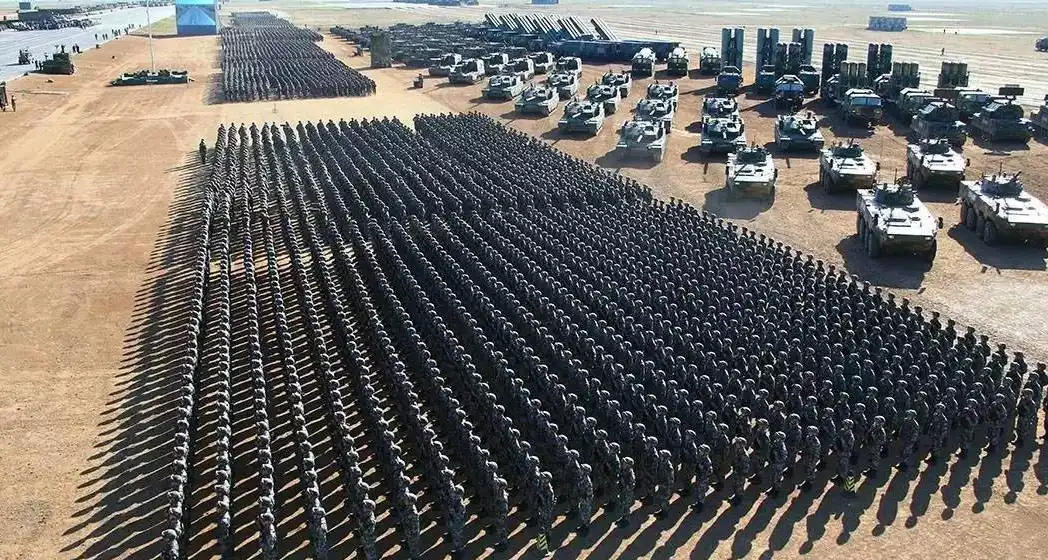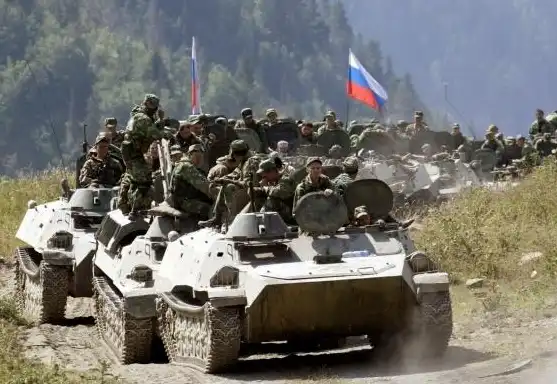High-speed assembly:The key to modern military victory
As the ancient art of war instructs:"Speed is the essence of war." Throughout the annals of warfare, from ancient times to the present day, the rapid concentration of forces has always been a goal pursued by commanders.
After all, being able to deploy forces to key positions at the first opportunity can often decide the outcome of a war.
Historically, the speed at which armies could assemble was limited by transportation, communication, and organizational capabilities. In ancient times, when horses and foot were the primary modes of movement, it could take weeks or even months to assemble a significant force.

Today, with the changes of the times and the progress of science and technology, the form of modern warfare has undergone overwhelming changes.
From the Gulf War to recent regional conflicts, it is easy to find that the utilization of high-tech weapons, installation of information-based warfare system and enhancement of rapid response capability have become significant goals for modern armed forces.
Against this backdrop, forces of all countries also have increasingly strict requirements for the speed of assembly. After all, on the ever-changing battlefield, whoever can assemble troops at the fastest speed can seize the first opportunity and control the initiative of war.

As a world military power, the United States ranks among the top in the world in terms of military strength and mobilization speed. With its powerful logistics system and transportation capabilities, the US can mobilize 200,000 troops in just 3 hours.
Behind this speed lie the massive U.S. military budget, advanced transport fleet and refined military logistics system.
C-17s, C-130s, and other cargo aircraft can quickly deliver troops to the battlefield but also large amounts of equipment and supplies. This rapid-response capability gives the U.S. military power projection across the globe.
In comparison with the US, Russia has a slower pace in military mobilization. As a country with vast land and a sparse population, Russia’s military forces are spread across the country.
Coupled with the fact that its economy has been suppressed by the U.S. for years, this has led to certain difficulties for the transportation and assembly of its armed forces.
Therefore, it usually takes a day for Russia to assemble 200,000 troops. In addition to the factors of distance and economy, Russia’s extreme weather conditions are also one of the important reasons affecting the speed of troop assembly.

China, as a major Asian military power, has made significant achievements in military modernization in recent years.
With the continuous advancement of science and technology, as well as the improvement of the domestic transportation network, the speed of China’s troop assembly has also been significantly improved.
Today, China can gather 200,000 officers and soldiers in just 12 hours. Behind this achievement is the use of new military transport aircraft such as the Y-20, which has made an important breakthrough in the rapid deployment of the Chinese military over long distances.
Besides, China's transportation infrastructure construction, such as high-speed rails and highways, provides strong support for the army's rapid assembly.
